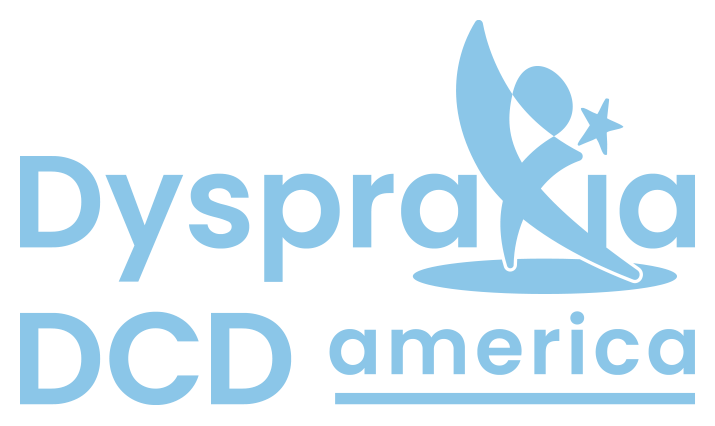In the United States, there is not an established process or set of guidelines for obtaining a diagnosis. A good way to begin is to bring up the possibility of Dyspraxia/DCD to your child’s physician. Ideally, the process should involve healthcare professionals including a physician, an occupational therapist (OT) and/or a physical therapist (PT). The type of physician to provide a diagnosis could be a pediatrician, a developmental pediatrician, a neurologist, or another healthcare professional who can conduct developmental and neurological exams, rule out other possible causes of coordination difficulties and eventually diagnose Dyspraxia/DCD.
The diagnosing healthcare professional will review results of motor evaluations conducted by an OT and/or PT. The most common tests to assess motor skills are the Movement Assessment Battery for Children and the Bruininks-Oseretsky Test of Motor Proficiency. Diagnostic criteria from one of two main sources will be used: 1) the Diagnostic and Statistical Manual of Mental Disorders, Fifth Edition, (DSM-5) criteria for Developmental Coordination Disorder (DCD), or 2) the International Classification of Diseases, 11th Revision (ICD-11) criteria for Developmental Motor Coordination or Developmental Dyspraxia.


